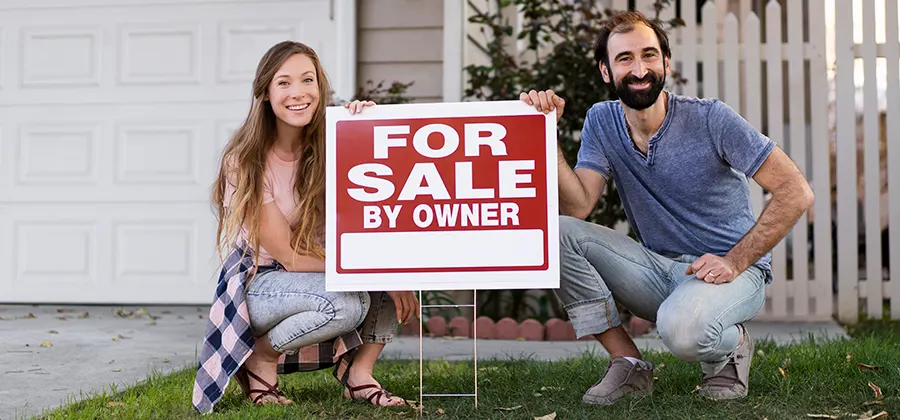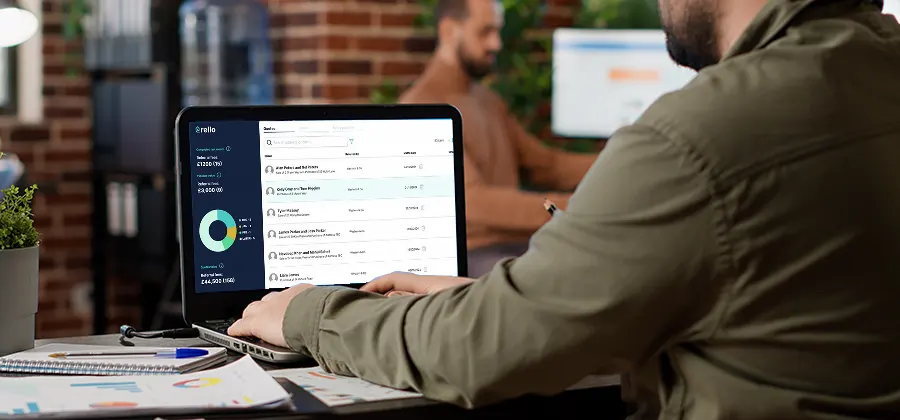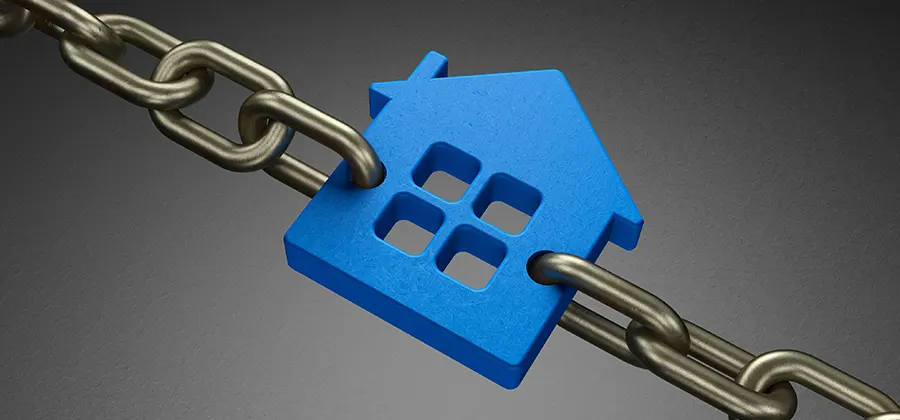
Online Conveyancer: Simplifying property transactions
Online conveyancing is taking over the world of property transactions and making it a whole lot easier.
Simpler, speedier, and often cheaper than it ever was in the conventional way.
|
What is an Online Conveyancer?
An online conveyancer does not differ essentially from that of a high street, traditional conveyancer; the main difference lies in the fact that both undertake the work of transferring property ownership, which is done by qualified lawyers, regulated, and authorized for that particular matter. The main difference between the two is that online conveyancers operate from remote locations and therefore do not require their clients to visit them physically at the premises. Online conveyancers also tend to specialise in conveyancing rather than a whole gamut of other legal services.
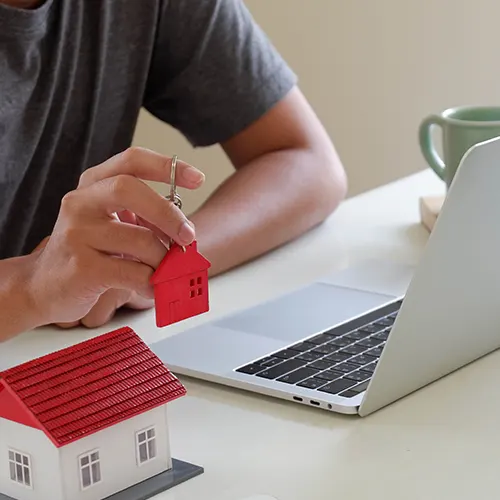
Advantages of Online Conveyancing
Using an online conveyancer offers quite a few advantages, including:
Convenience and Accessibility
Online conveyancers tend to leverage more technology in ways that make it easier for their clients.
You will be able to handle your property transaction completely from home, when you want, fill out forms, sign documents, and provide your ID verification online.
Affordable Options
Online conveyancers generally charge a lesser rate than their traditional peers, are transparent in their fees, and have no hidden costs. They simply focus on the conveyancing and use technology to maximise this, helping to keep the cost down.
Online conveyancers are generally cheaper. They’re more efficient, they don’t have offices, they focus on just conveyancing quite often. They’ve got the economies of focusing on one thing and they can offer more competitive pricing because they’re using technology more efficiently.
Speed and Efficiency
Digital workflows smooth the conveyancing journey, while radically reducing the time it takes to complete transactions.
With all of our technology and enhancements, an online conveyancer would adopt certain things, probably giving you the digital onboarding hack, you could knock off three weeks potentially. By being efficient and by contacting all the other parties, we quote 20% on the Rello website. you could call it 20-25% you could remove from the process.
However, it is relevant to mention that the whole process speed can further be subject to other influences.
The old adage is that you’re only as quick as the slowest link in the chain.
So unless you’re using Rello, who can help nudge the rest of the chain along, then an online conveyancer alone isn’t going to be the full picture, the full solution.

How to Choose the Best Online Conveyancer
How you select a conveyancer determines the success of your property transaction.
The following are some of the essential variables that you should consider:
Check Credentials and Experience
The conveyancer has to be licensed and prove a good past record in dealing with property transactions similar to yours.
They need to be regulated by either the SRA, which is the Solicitors Regulation Authority, or the CLC, the Council of Licenced Conveyancers.
Read Reviews and Testimonials
Customer feedback is sometimes quite instructive as regards how well a particular firm provides its service and its customer’s level of satisfaction. Check recent reviews – not the overall score. Also, don’t expect all 5-star reviews; Conveyancing is one of the most complicated consumer services, and moving house can often be quite stressful.

Compare Fees and Services
Look for a conveyancer that provides costs transparently. The headline legal cost is unlikely to be the whole story: most firms have a wide range of ‘additional’ costs, many of which will apply to your circumstances.
It’s only recently that the Law Society has insisted that conveyancers put their fees on their websites. They didn’t even use to have to do that. So you could just ring them up and traditional conveyancer and you just get whatever price they decided to charge that day.
Look out for hidden costs. Like, things that really annoy me are the things like file storage fees. They don’t put it in the quote, but they’ve told them they’re going to charge you 50 quid for storing your file, which is nothing but charging for nothing. Just tacking on at the end. Another fee, that also makes me annoyed, is bank transfer fee. They say it’s a TT fee, telegraphic transfer. Almost all solicitors refer to it this way. I mean, you know, the system of telegraph probably went out at the end of the 19th century, but whatever, they’re going to charge you 50 quid or sometimes 40 quid for conducting a bank transfer, which you can easily do yourself.
Ideally, they will have an online quoting tool through which you will be able to build an accurate quote, taking into account most of the common factors.
The Online Conveyancing Process Explained
Knowing how the process works when dealing with online conveyancing can help give you confidence when dealing with your property transaction. Here’s a step-by-step explanation:
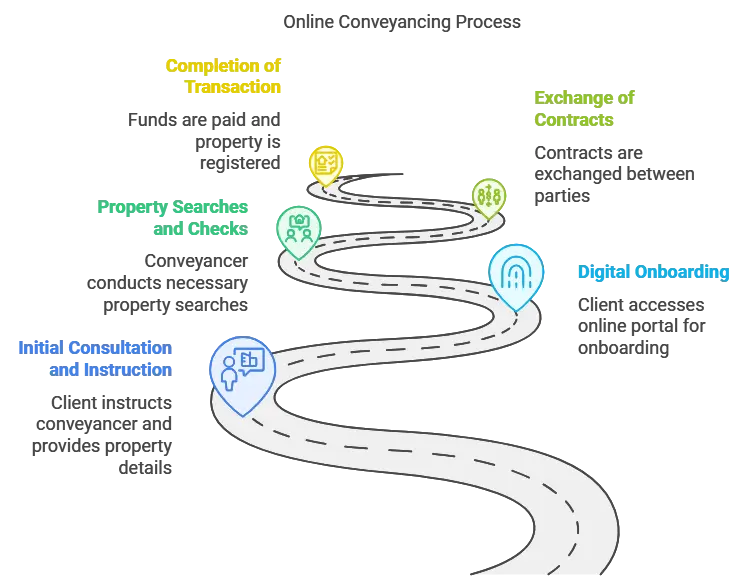
Initial Consultation and Instruction
You will start by instructing a conveyancer, providing the relevant details about the property and the transaction. Sometimes this is also referred to as the “onboarding process” in e-conveyancing.
Once your client has instructed you, as they call it, said they want you to work for them. You want them to receive an e-mail probably with a link which allows them to either download an app or more likely access to a portal, an online portal which contains a digital onboarding process. So, everything that one needs to do to get up, to get that solicitor up and running and doing one’s conveyancing, one can do there and then at any time, day and night, through this portal.
Searches and Checks of the Property
The searches which are necessary, such as local authority searches, will be conducted by the conveyancer to ascertain whether there is an issue with the property.
Searches are just information requests about the property. Some of it comes from the local authority, about the sort of local area, about rights of way and various charges the local authority might make for things nearby. So there’s a report on that. There’s a report on the water and drainage access to the property that comes from the water authority. And then there’s a report on the environmental aspects of the property. Is it a mining area, for example, is it subject to flooding? Are they building a high-speed railway through the garden, all those kind of things to do with the wider environment.
Exchange and Completion
Once both parties are satisfied, contracts are exchanged and the conveyancer will deal with the completion, which includes paying funds, and registering the property.
They will speak with the other solicitors and agree, getting all relevant parties to sign, giving permission to exchange contracts. They agree over the phone. And then that’s it. That’s the deal done. And then you, you’re the buyer, the buyer and the seller were both committed to buying and selling the property at that point.

Conveyancing Online: How to Ensure It Goes Well
To get through the transaction smoothly, here are some things to put in mind:
Be Organized
Have all the documents and information needed at your fingertips to assist in speeding up the process. This will include useful forms like a property information form.
Clear Communications
That means you stay in close contact with your conveyancer and iron out any problems as soon as possible. Communication is absolutely the biggest complaint in conveyancing.
- Proactive communication: Where your solicitor tells you something which you don’t ask him. This updates you on something which you need to know.
- Reactive communication: If you ask them a question, how long does it take them to get back to you with a response?
- Clear communication: When you do get the communication is it clear and concise and easy to understand?
Understand the Process
Familiarise yourself with the stages of conveyancing to appreciate what is expected at each stage. In this way, you can limit any potential stress involved and have you prepared for every step that will come up during the transaction.
Frequently Asked Questions
What does an online conveyancer do?
The online conveyancer does the whole gamut of legal work required to be done by a conveyancer in the process of sales and purchase of property, including drawing up the contract of sale and purchase of the property, conducting searches with respect to properties, and communicating with other parties. They do the same tasks that a traditional conveyancer would do, but their operations are done remotely.
Are the online conveyancers reliable like traditional ones?
Yes, online conveyancers are qualified professionals and their services are equally reliable and secure as any other. They are fully qualified. The only real difference is that you may not visit them face to face. That shouldn’t impact their work in any way.
How much will an online conveyancer charge?
They all have different fees, but a lot of the online conveyancers can compete, especially with some of the more transparent structures in terms of their fees. They are generally cheaper. There’s a range of just as solicitors charge a range of prices for their services.
Can I track my conveyancing process online?
Many online conveyancers will provide the facility to track the progress of your transaction in real-time. Indeed, some services will even help manage the entire chain of transactions.
What documents do I need to provide to an online conveyancer?
You’ll generally need to supply identification and details of the property in question, as well as any financial information that might be useful. Major documents you might have to provide in a sale, for instance, would include, but are not limited to, the TA6 form related to property information and the TA10 form related to fittings and contents; in some instances, this may also include the TA7, if it’s a leasehold property.
How long does the online conveyancing take?
The length of the process may vary, but online conveyancing generally tends to be faster compared to traditional means because the digital processes are smoother. Typically, a conveyancing process probably averages about four months at the moment. In last year, and during the pandemic, it went up to sort of five months, plus. Historically, it’s been a bit less. It’s been more like three months.
Conclusion
Online conveyancing is one of the modern approaches to handling property transactions. Each experience is smooth and successful, provided there is proper understanding, choice of an appropriate conveyancer, and proper organisation. One can confidently walk into the future of property transactions with ease.
